The Competition Bicycle: The Craftsmanship of Speed (Rizzoli ed.)
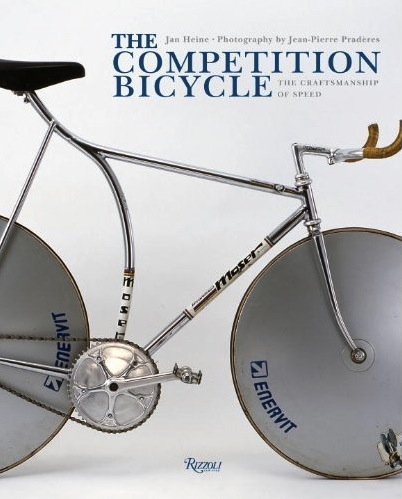 by Jan Heine (text) & Jean-Pierre Pradères (photos)
by Jan Heine (text) & Jean-Pierre Pradères (photos)
The second editions of bicycle expert Heine’s beautiful books are not published by him but by art publisher Rizzoli. Both his previous book, The Golden Age of Handbuilt Bicycles (2005), and now this Competition book (2008) were given a new lease on life by Rizzoli four years after their original publication.
Now, a Rizzoli imprint, by definition, implies a photo-intensive treatment and a book produced to high art book standards. In this case, Heine’s original was already so well done that Rizzoli found nothing to improve and reprinted as is except for a new subtitle and new dust jacket—with a curious result: The new edition still contains on the Impressum page the old Heine CIP data and also the photo caption for the image of the dust jacket of the 1st edition, Eddy “The Cannibal” Merckx’s 1974 World Championship bike. 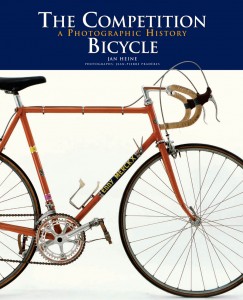 But the new cover shows, in fact, Francesco Moser’s 1984 hour-record bike! Rizzoli’s choice is quite inspired in terms of visual impact but probably only bike racing cognoscenti will recognize, and appreciate, the philosophical connection between the two cover bikes.
But the new cover shows, in fact, Francesco Moser’s 1984 hour-record bike! Rizzoli’s choice is quite inspired in terms of visual impact but probably only bike racing cognoscenti will recognize, and appreciate, the philosophical connection between the two cover bikes.
Long story short, the 1st and 2nd editions are the same. That bicyclists should pay attention to this book, and, really, any of Heine’s books, is a given. But anyone who appreciates things mechanical, the purity of form, the beauty of the workmanship, and the connection between input and output/form and function will find in Jean-Pierre Pradères’ fabulous photos lasting enjoyment.
Heine selected 34 Western European and American bikes to tell the story of the evolution of the competition bike (board, road, mountain, touring). As the editor of Bicycle Quarterly (published by Vintage Bicycle Press which he founded in 2002) and a competition rider himself he knows his subject from every angle. A good number of the bikes presented here aren’t just generic racing bikes but the mounts of specific people in specific events. The world of pedigreed bikes is not immune from fakes and Heine addresses the difficulties with claims of provenance and attribution. He erred on the side of caution and says that quite a few bikes were dropped from the book after already being photographed because the research didn’t hold up, and he feels confident that “most” of the bikes he and his collaborators and reviewers settled on “are what they purport to be.” The arc of the narrative isn’t affected by the authenticity of the bikes anyway.
The supremely excellent studio photography is by Jean-Pierre Pradères, who also knows every angle, in his way. You may recognize his name from the motorcycle world to which he has contributed photos for over 25 years. Aside from the obvious prerequisite of possessing sophisticated technical skills, he has the sort of eye and affinity for the subject matter that draws out the bikes’ inner workings. Shot against a uniform, light grey backdrop there are the expected, necessary, and useful close-ups but then there are also unexpected, adventurous angles such as one from below straight up into the cranks and chain. This is not random art for art’s sake but to illustrate a pertinent point. The bikes, incidentally, are in unrestored original condition.
The book doesn’t have a conventional Table of Contents but begins instead with a visual index that shows thumbnail scale photos of all 34 bikes with maker’s name, rider (if applicable), and year/era. Bike builders/restorers will appreciate that all the bikes are shown once more in the same order at the back of the book but this time as line art (frame and wheels only), again to scale, and with dimensions given. This greatly facilitates comparisons, also helped by the fact that all are pointing in the same direction (right), unlike the Index which is inexplicably random in that 31 point right and 3 left. (You’d be surprised how much this need to “translate” the direction interrupts the formation of a cohesive visual.) Also given here are key specs, but not in a uniform manner, and non-original parts or features are identified. What is missing, in either section is something surely most readers would find useful: country of manufacture. For that you have to sift through the text or deduce it from photos of the makers’ plates.
Another organizational oddity is that the page numbers shown in the Index lead to pages that have useful, descriptive “chapter” titles but don’t necessarily begin with or prominently show the bike you’re expecting to find. Where this causes complications is when a section/chapter covers more than one bike and the reader who simply turns the page needs to read a few sentences before realizing that now a different bike is being talked about. Most often the bike info is listed in the photo captions or occasionally the running head, you’ll just to have to look around.
Heine’s lively text talks about the rider and event, the maker, and the bikes’ defining features. There is minimal jargon (and no glossary) but readers new to the subject would do well to familiarize themselves with the lingo. Pradères photos are supplemented with archival photos, ads, and ephemera. Printing, paper, photo reproduction, and binding (title embossed on front cover) are most becoming.
Whether you are a dyed in the wool bicyclist or just starting out you will find much of interest in this colorful picture of a rich history from old-timey “high wheeler” to modern-day wind tunnel-tested carbon fiber lightweight.
Copyright 2012, Sabu Advani (speedreaders.info).


 RSS Feed - Comments
RSS Feed - Comments
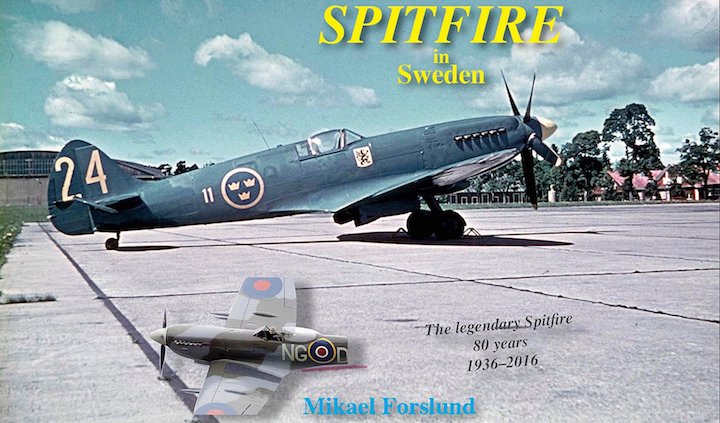


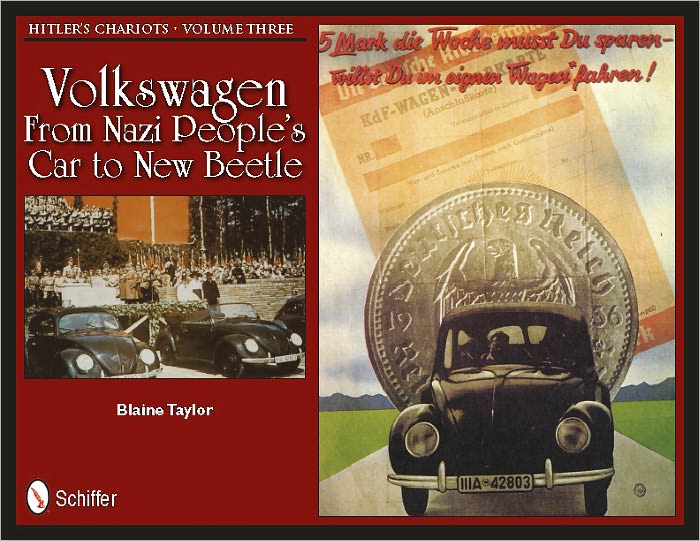
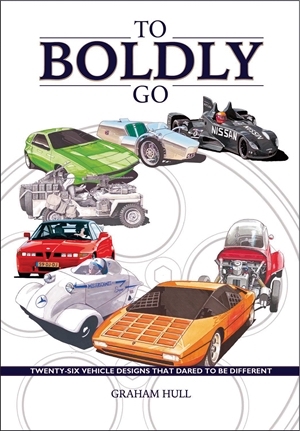
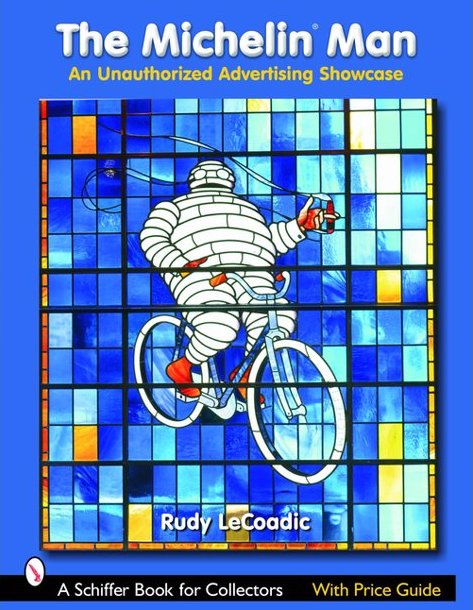


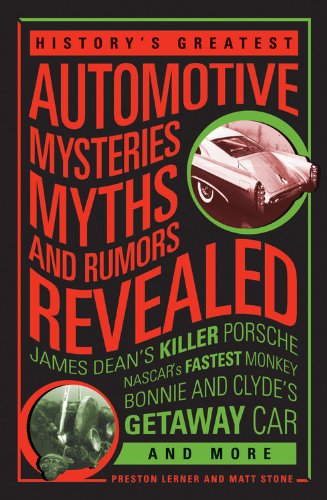
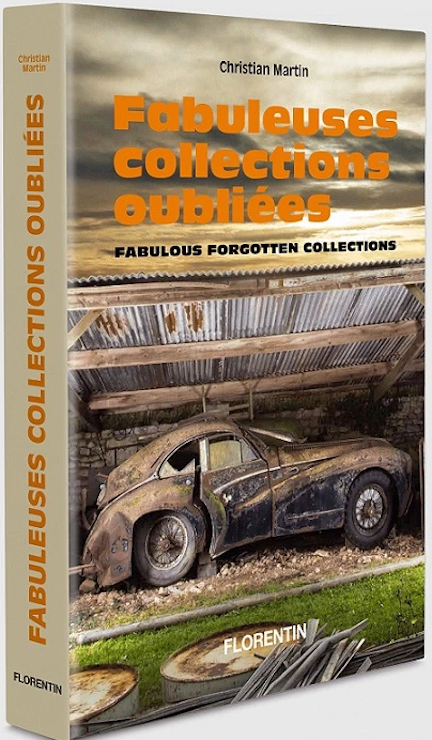




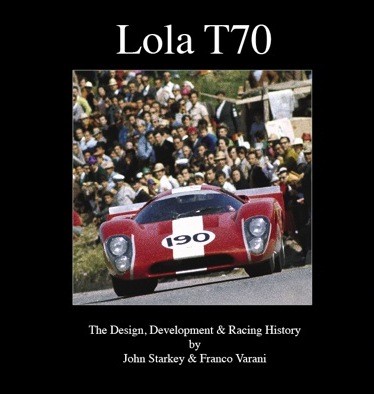

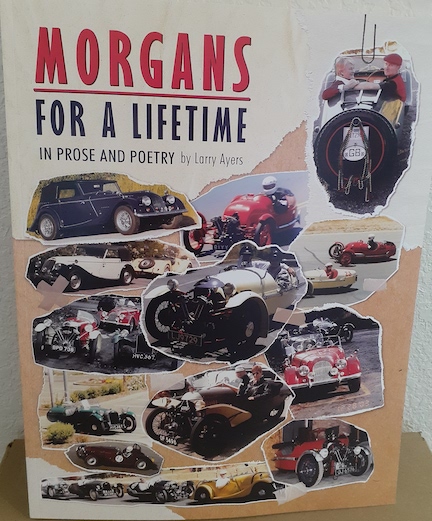
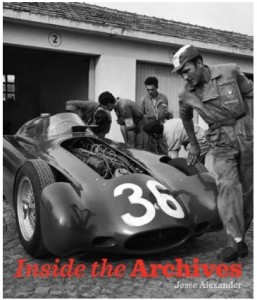

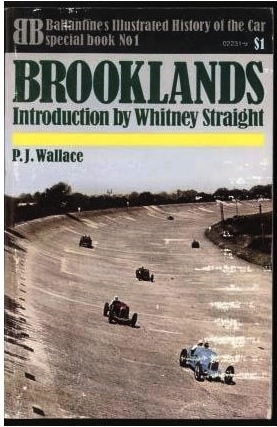
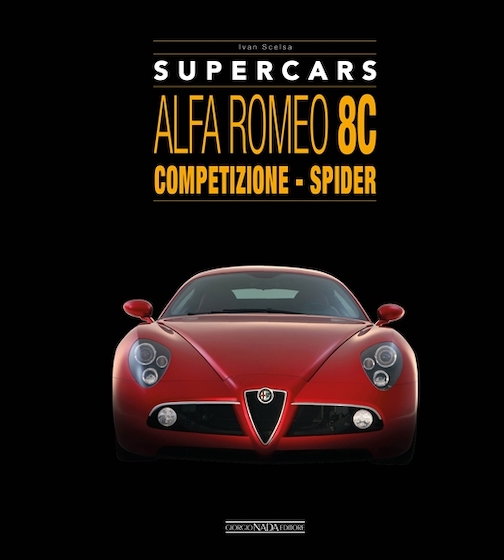

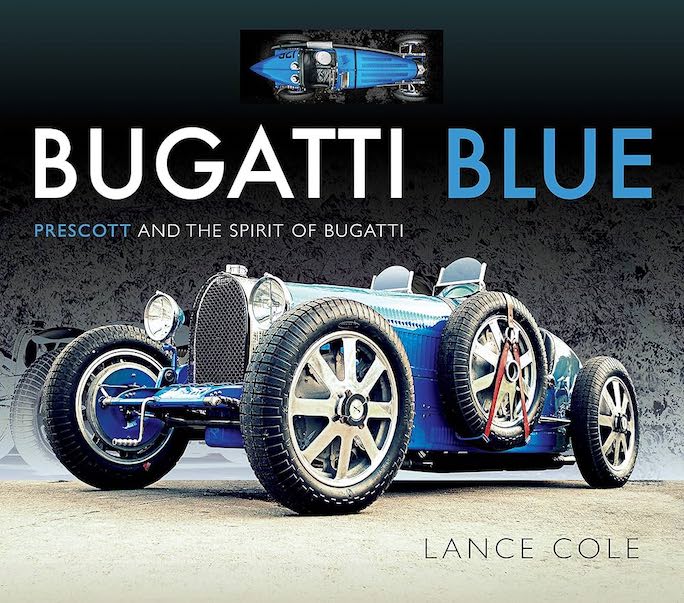


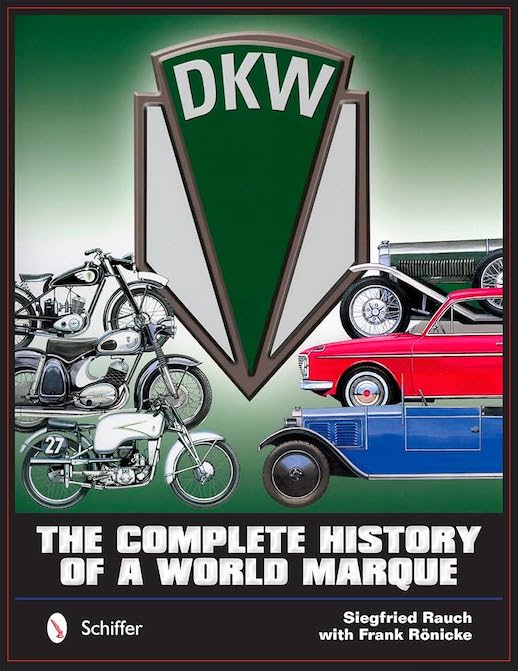
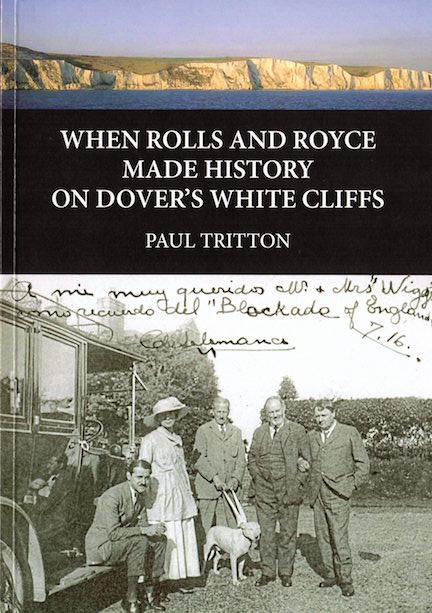
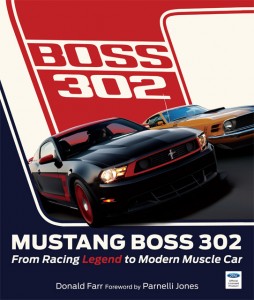
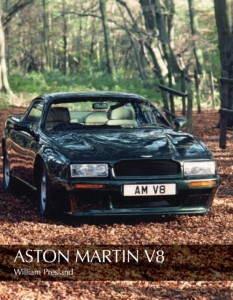
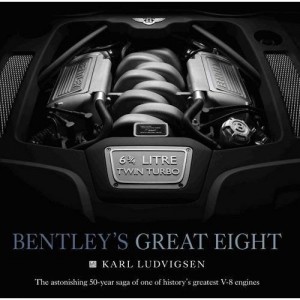
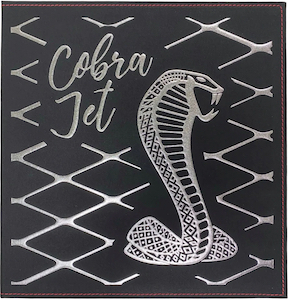

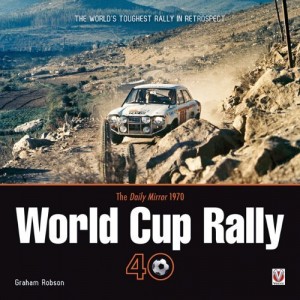
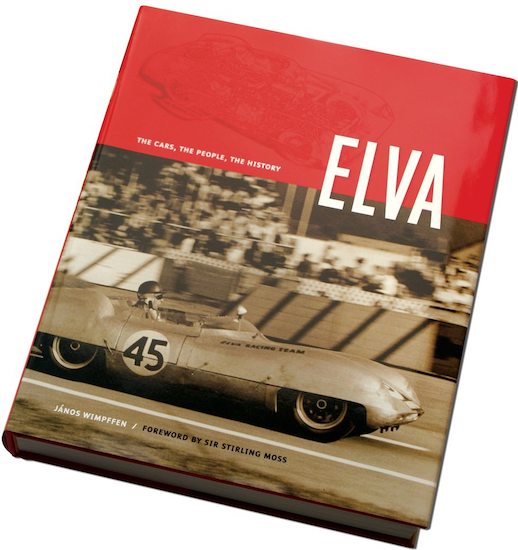


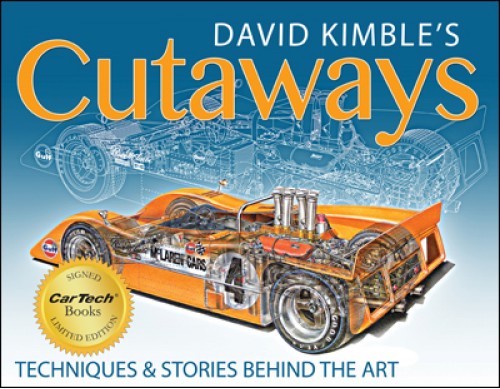
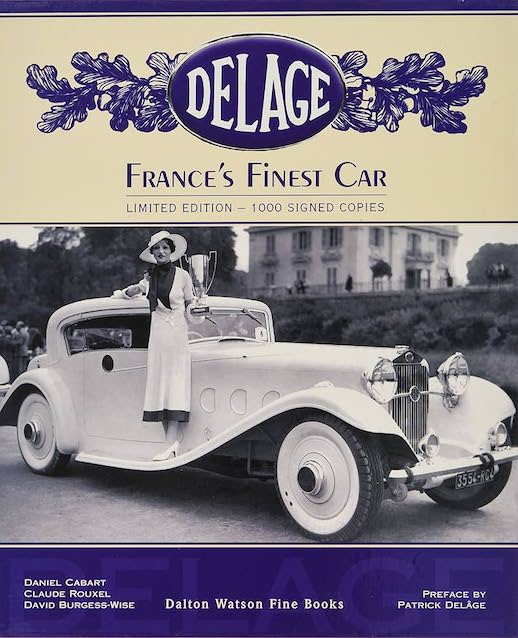
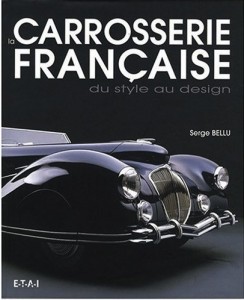
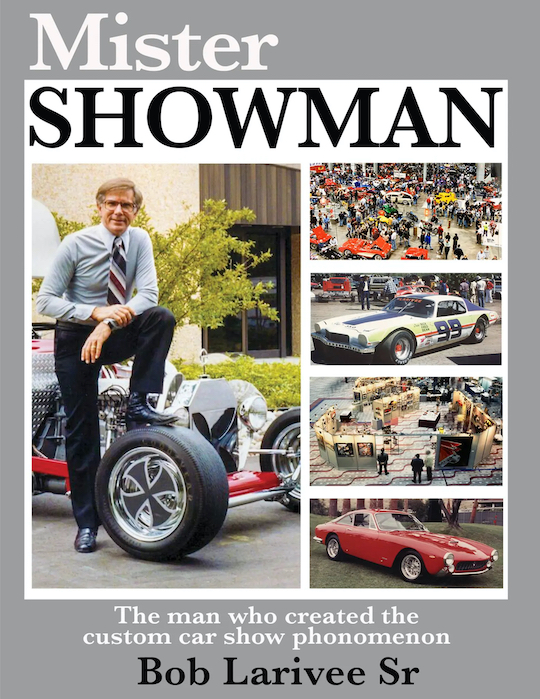



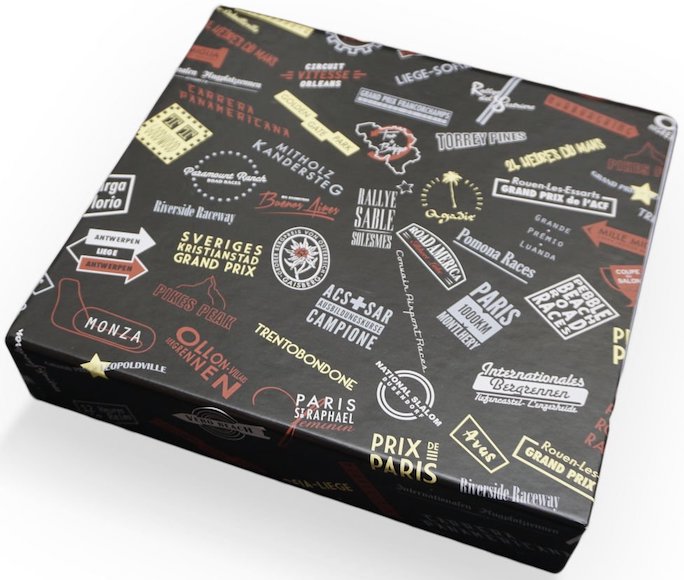


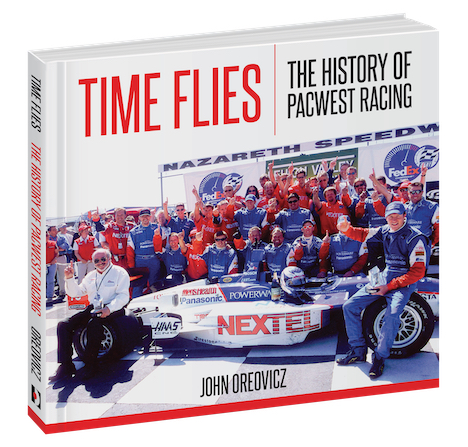
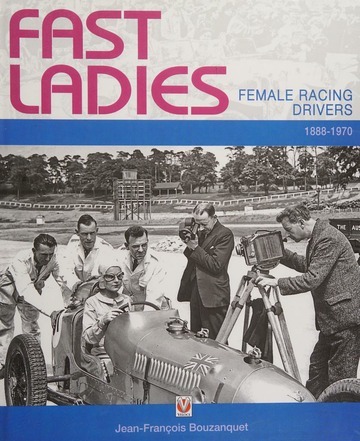
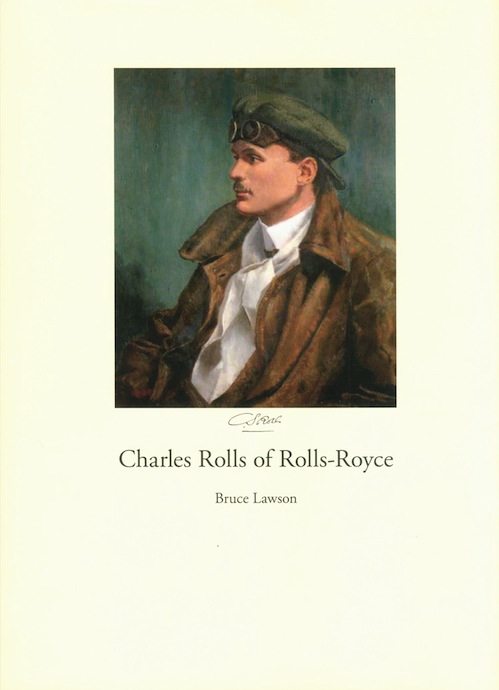

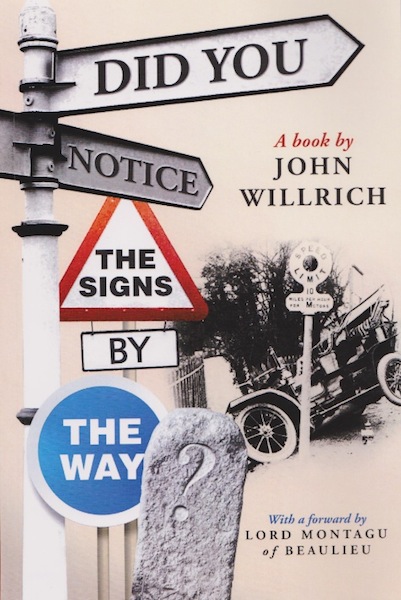
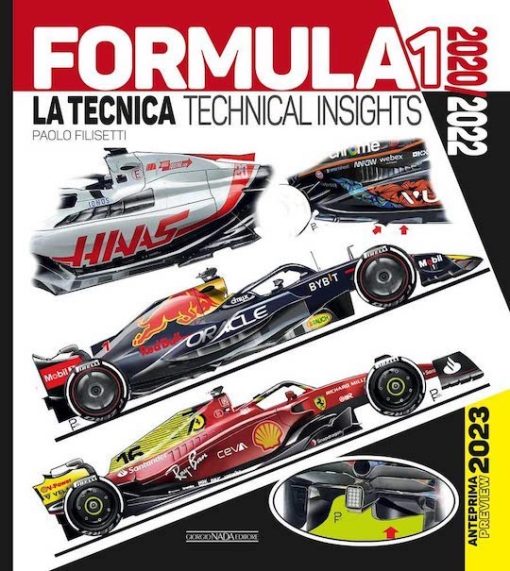
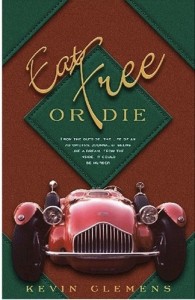
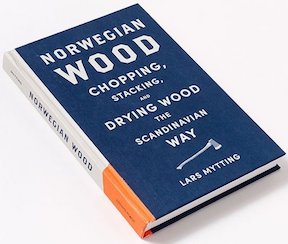


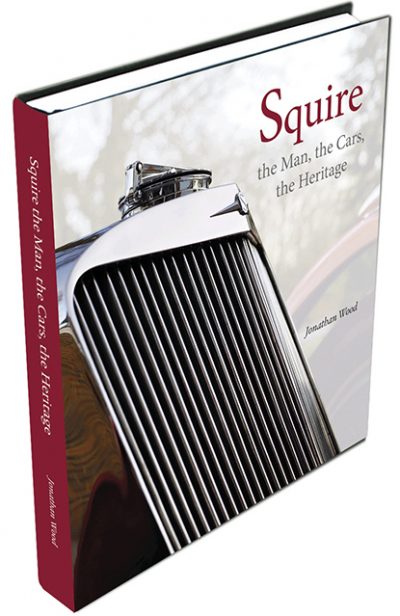

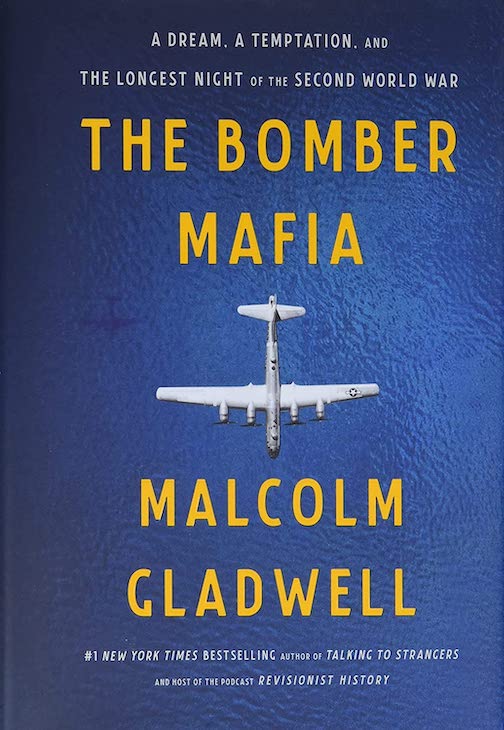

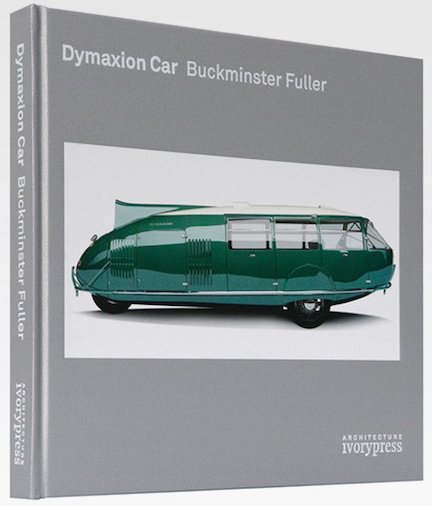



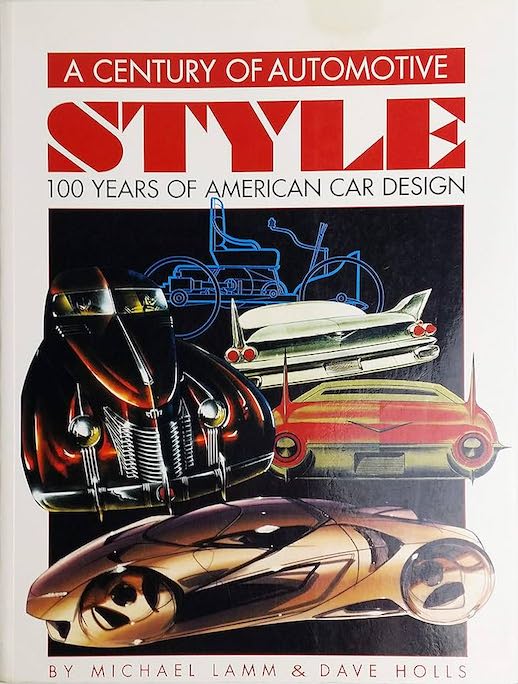
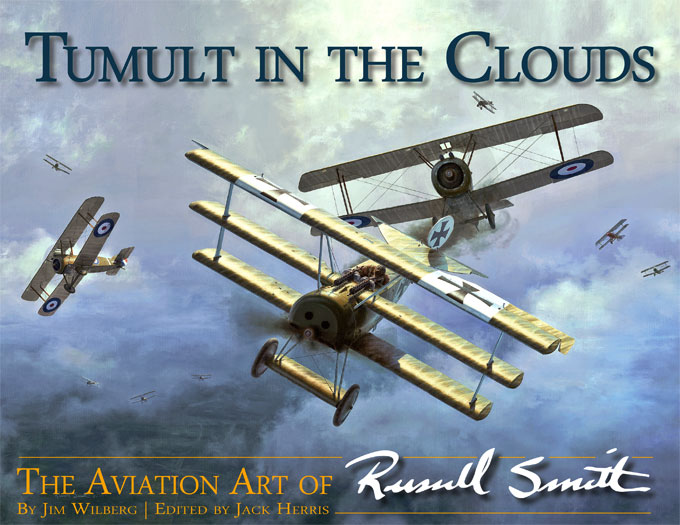
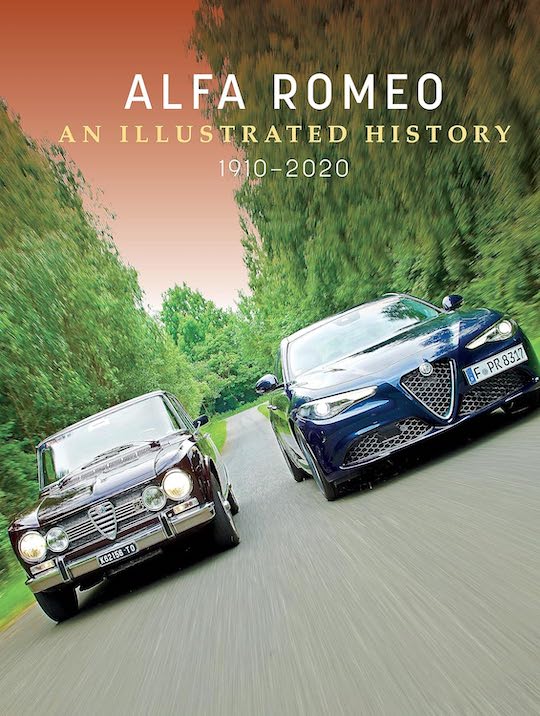

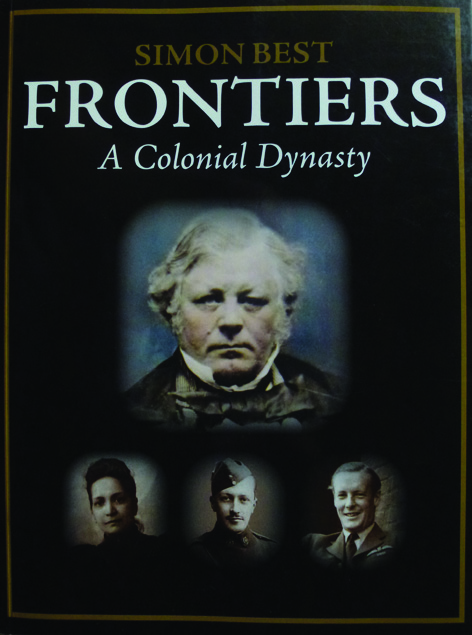

 Phone / Mail / Email
Phone / Mail / Email RSS Feed
RSS Feed Facebook
Facebook Twitter
Twitter